Classic Cars, Movies, Music, and Other Stuff ...
What is the “New Class,” and how did it revolutionize BMW cars? We all know BMW for their sophisticated, stylish, likely “over-engineered” performance cars. But it wasn’t always like this, and there was a time when the automaker was on the verge of bankruptcy. This is when BMW took a bold step and revamped themselves to develop the “New Class” of cars. These cars turned things around for BMW, earning it a respectability the world over.
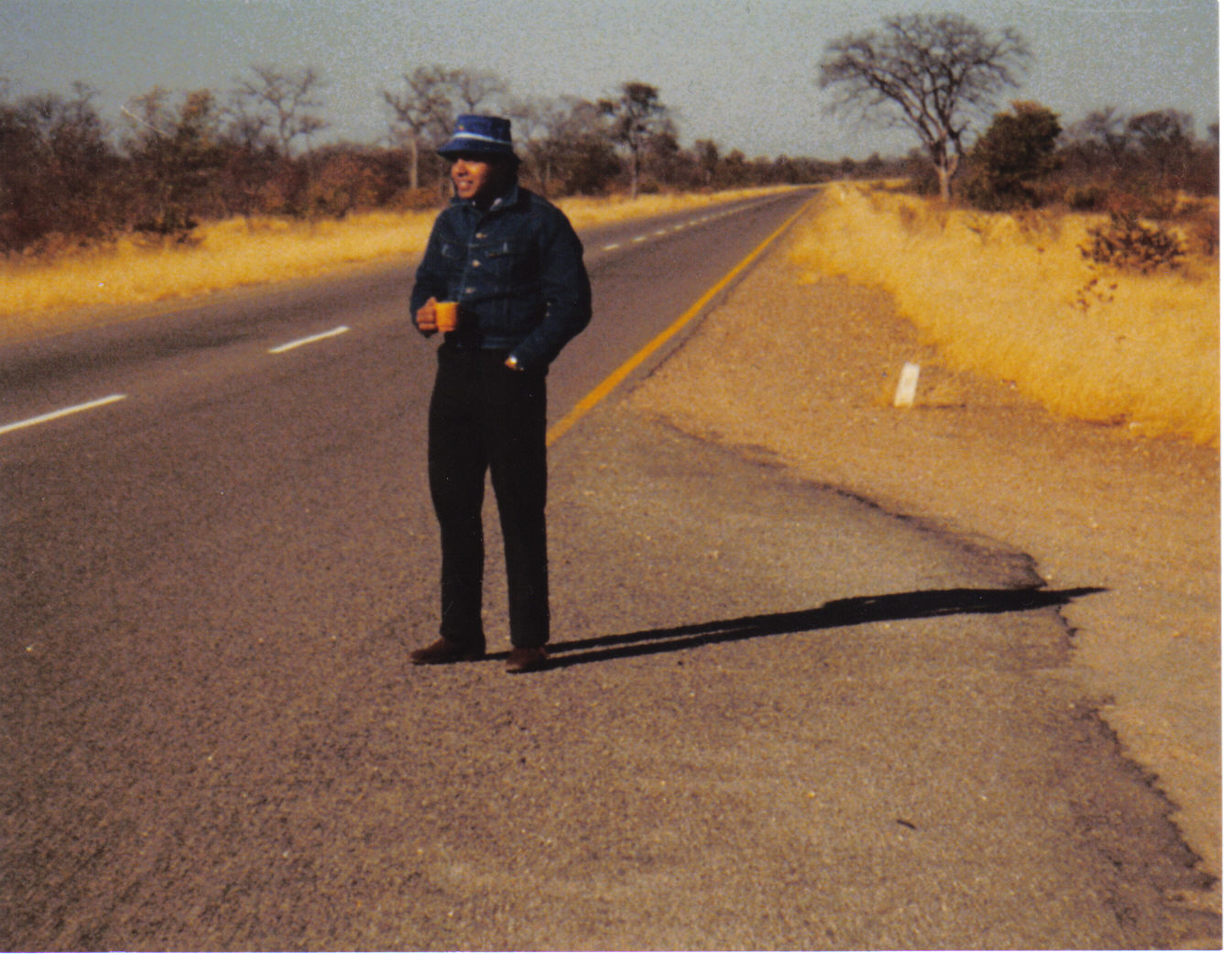
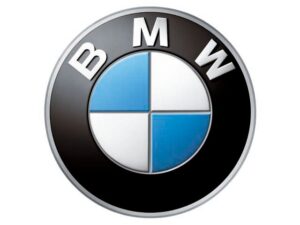
The history of BMW goes back to 1916 when it built aircraft engines as Bayerische Flugzeugwerke. By 1917, it had changed its name to the current Bayerische Motoren Werke (Bavarian Engines – for the area where it was operated) or BMW for short.
After WW I, BMW started making motorcycles. By 1928, it acquired Fahrzeugfabrik Eisenach (Vehicle factory in Eisenach). At the time, Fahrzeugfabrik Eisenach was making the Austin 7 automobile, marketing it as the “Dixi.” And so, with the Dixi, which was renamed the 3/15, BMW entered the world of auto manufacturing.
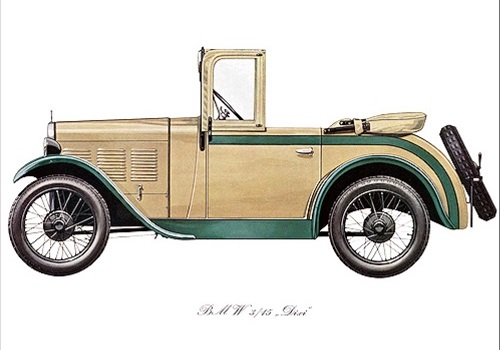
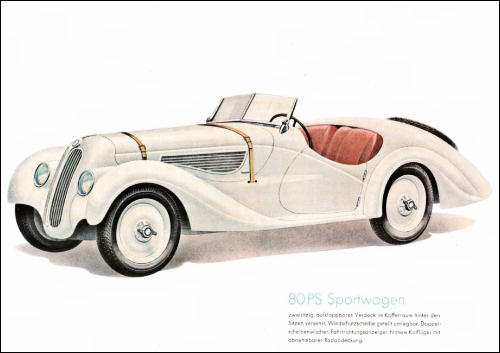
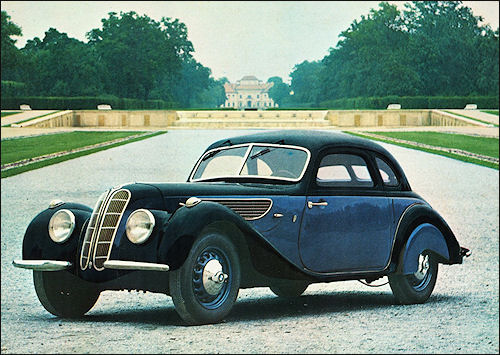
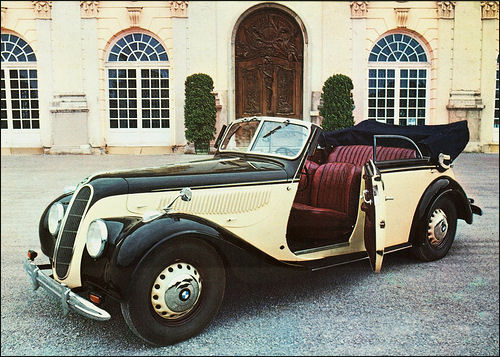
BMW then quickly expanded and was soon making bigger, sportier, luxury cars. With the breakout of the WW II, BMW concentrated only on aircraft engines and motorcycles.
WW II proved disastrous for BMW with its factories in West Germany destroyed, and a ban imposed on producing aircraft, or automobiles. It survived by making small kitchen items such as pots and pans, and bicycles. BMW’s East German plant in Eisenach did however start making some automobiles in 1945, as it had survived.
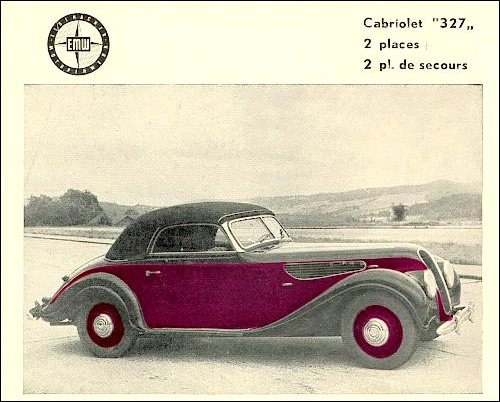
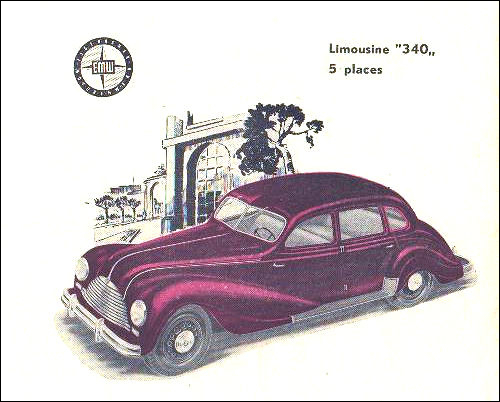
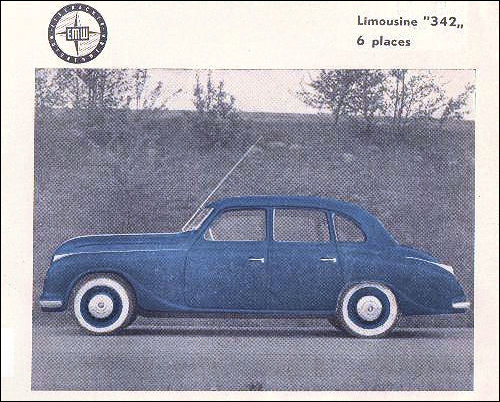
The British Bristol Aeroplane Company (BAC) acquired some of BMW’s engine designs and engineers. And in 1947, it was in the UK, that this combination developed the first Bristol car – the 400 coupé. This was essentially the BMW 327, complete with the traditional BMW kidney grill.
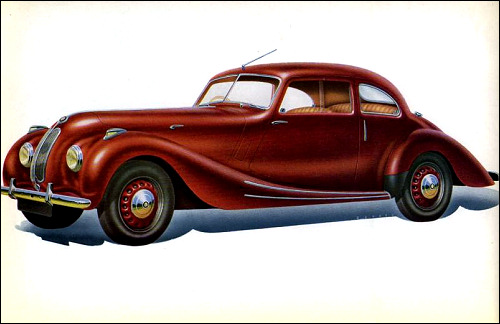

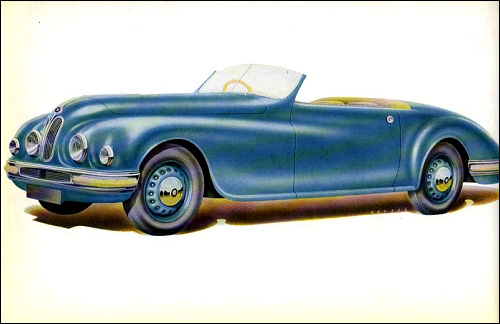
By 1948, BMW was finally allowed to commence auto production in West Germany. But what kind of cars they would make?
Despite permission to make cars again, BMW isn’t sure of the direction to take. There were three schools of thought:
In 1951, BMW released the 501, their first post-war large luxury car. By 1954, they had an improved model 502.
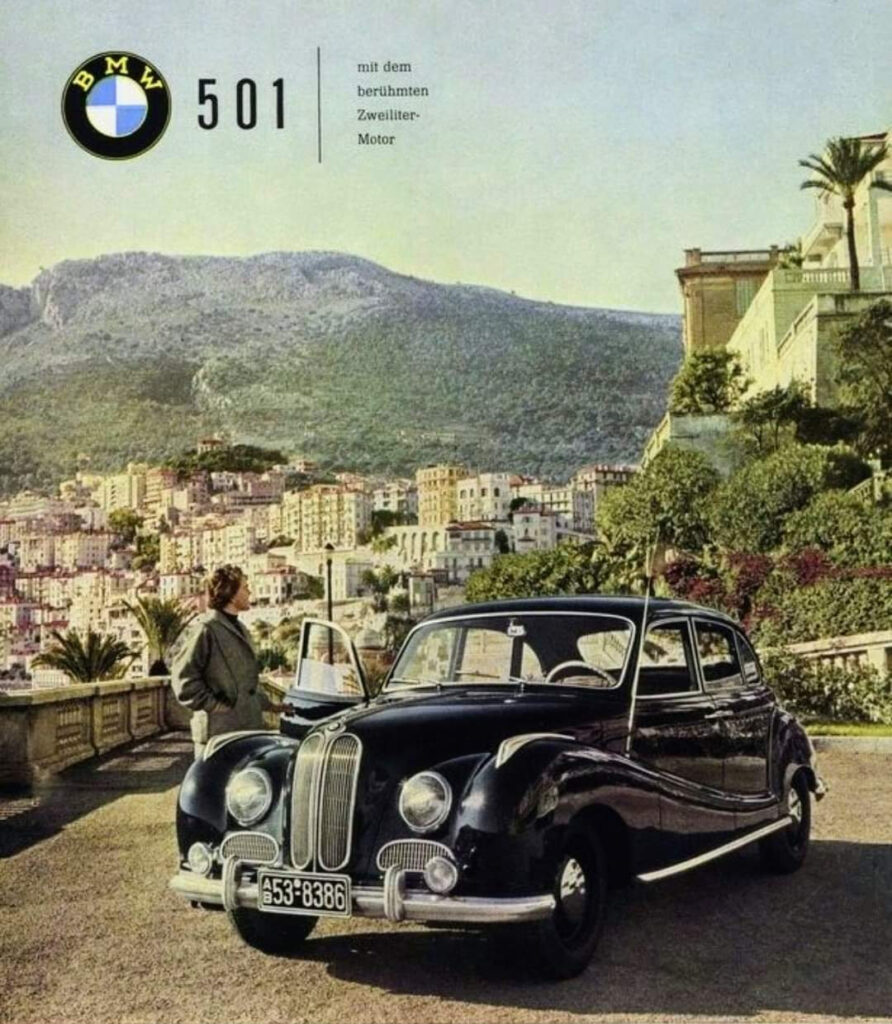
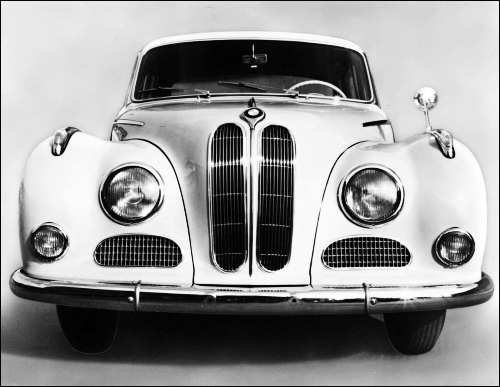
As per options 1 and 2, BMW also obtained the rights to manufacture the small Italian three-wheeler Isetta car, which they first manufactured in 1955.
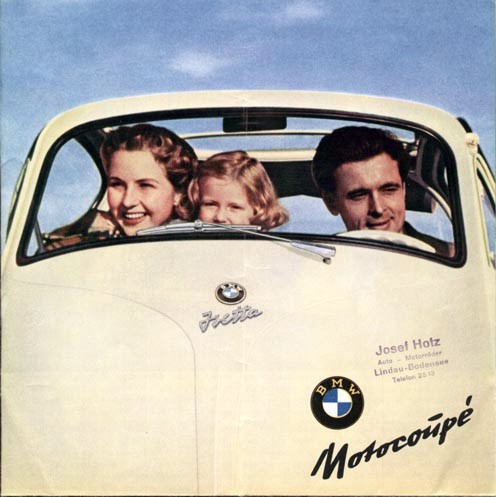
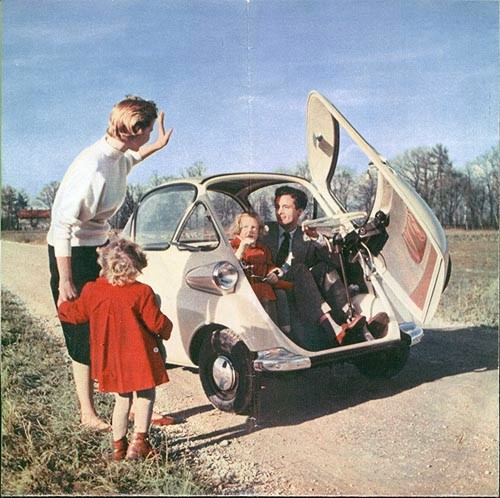
By the 1950s the automotive world was evolving quickly, and BMW needed to get their act together. Their cash cow was still the Isetta, which they continued improving over the years. They also continued refining their only luxury car, releasing the 503 in 1955. Inspired by the Mercedes-Benz 300SL, BMW developed the ill-fated 507 Roadster, which was based on the 502.
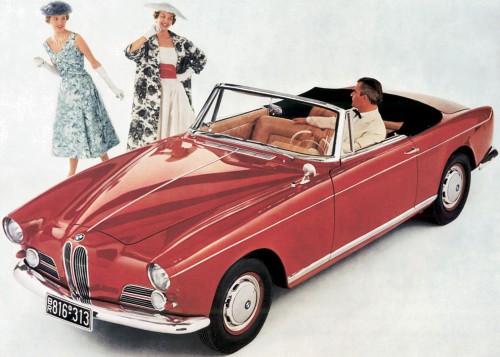
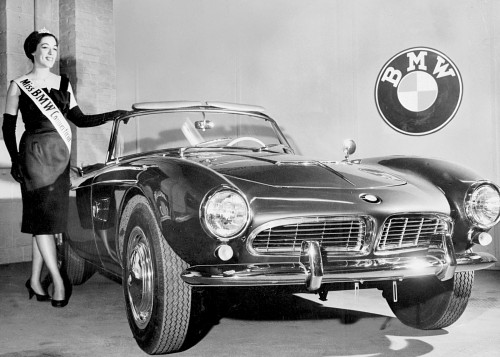
Meanwhile after continuous updates to the Isetta, BMW were looking to retire it, and develop a full fledged 4-wheel small car. To this end, in 1959, BMW developed the rear-engine 700 cc 700. Meanwhile, the Isetta was phased out by 1962.
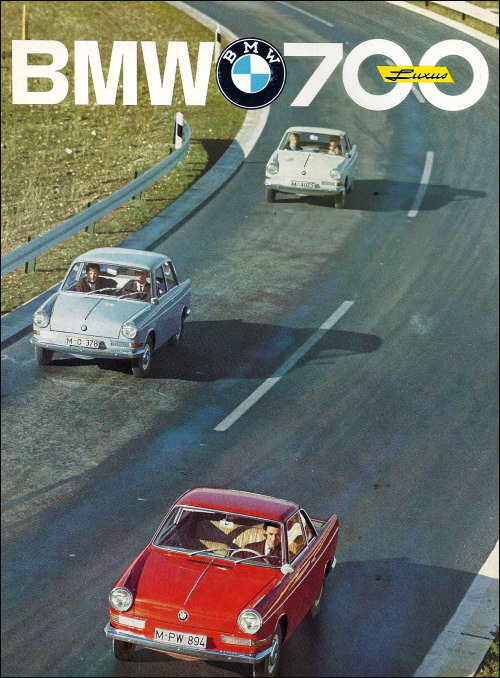
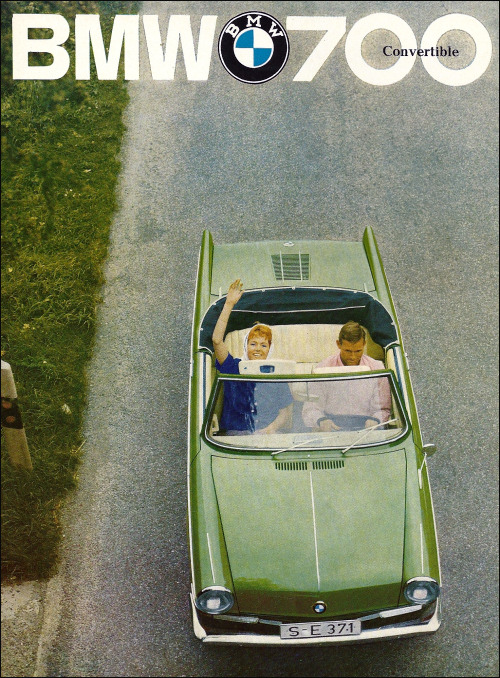
But BMW was still facing financial troubles and fighting off acquisitions to remain an independent entity. It was time to break from the old, and do something radical to set BMW apart. So, in 1960, the “Neue Klasse” Sedan program was launched.
The New Class project, led by Fritz Fiedler, revamped BMW cars and altered its fortunes forever. Going forward, BMW would be known for innovation, advanced design/engineering, and performance vehicles.
Eberhard Wolff, Wilhelm Hofmeister, and Alex von Falkenhausen worked on chassis design, Styling/BodyEngineering, and Engine Design, respectively. Giovanni Michelotti, the legendary Italian auto designer was roped in for the styling. The team also developed the first new BMW engine since the 303 in 1933.
BMW New Class Sedans departed from the “Baroque Angel” look, as they were referred to in West Germany. They were boxy, had large windows, a long trunk, McPherson Strut front suspension, front disc brakes, and the “Hofmeister Kink” – the mainstay in all BMW cars going forward. Even the engine was angled to enable a sporty low front-end.
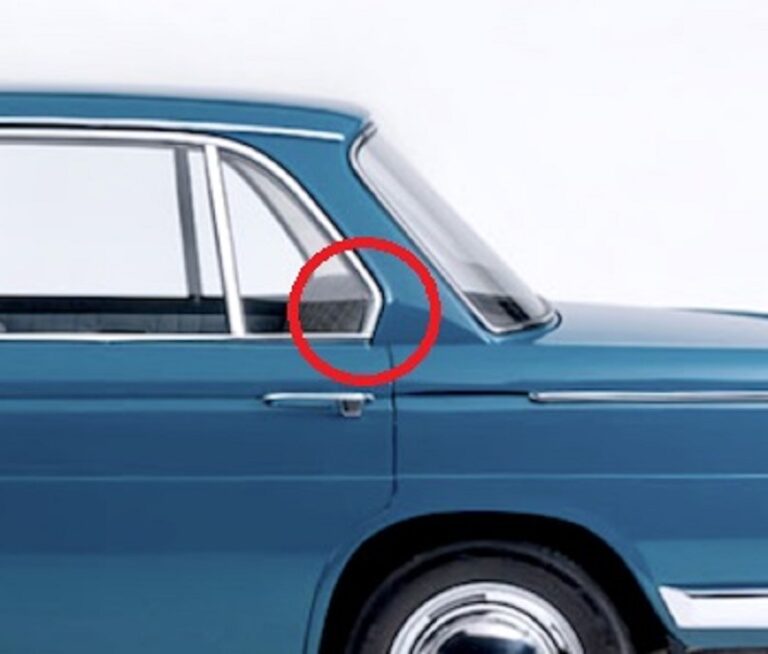
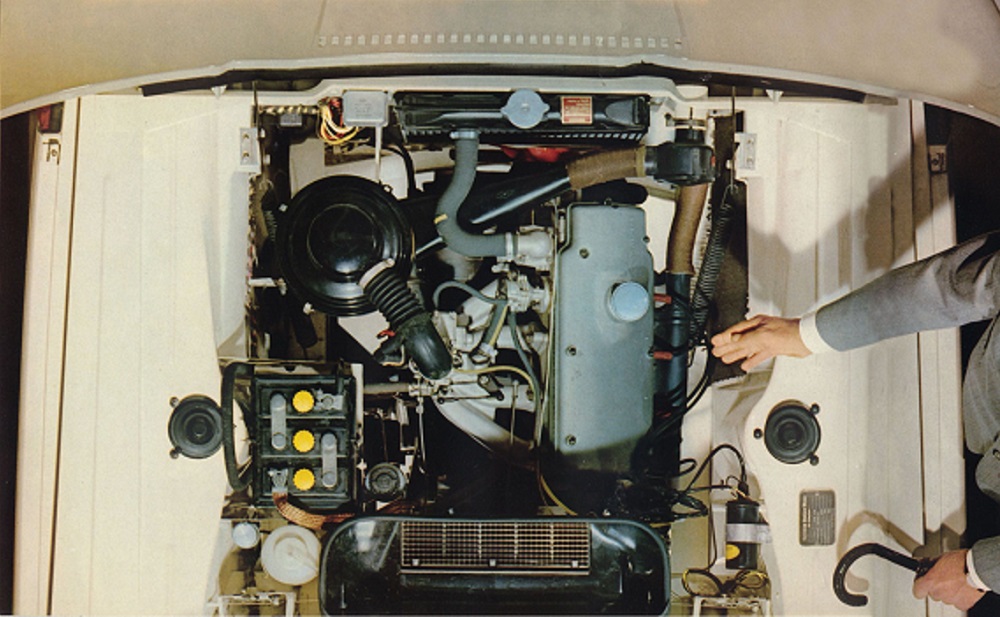
The first New Class Sedan, the 1500, was showcased in Frankfurt in 1961.
And so, the era of the BMW “New Class” Sedans commenced and the auto manufacturer would never be the same again.
This era lasted from 1962 through 1977 and added one more company to the line of highly respected automakers from West Germany. These are the cars that were part of this BMW New Class Sedans and Coupes. While it was a leap externally, it wasn’t just skin deep. The change went further with seating, driver controls, dashboard, including dial placements to maximize ergonomics.
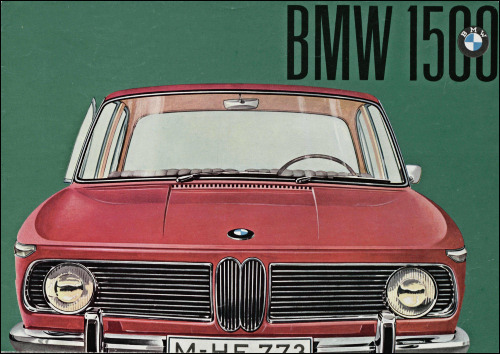
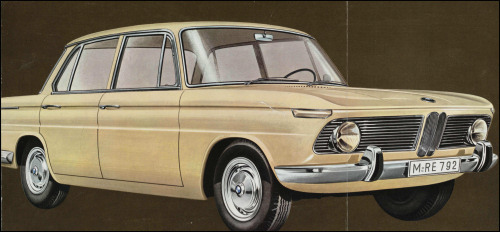
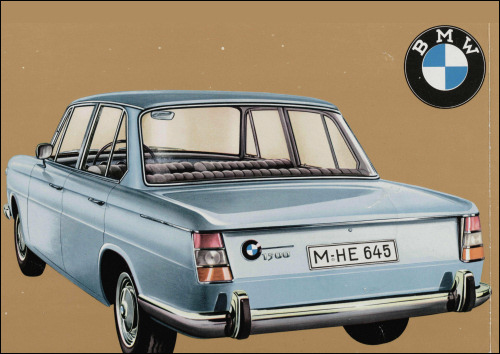
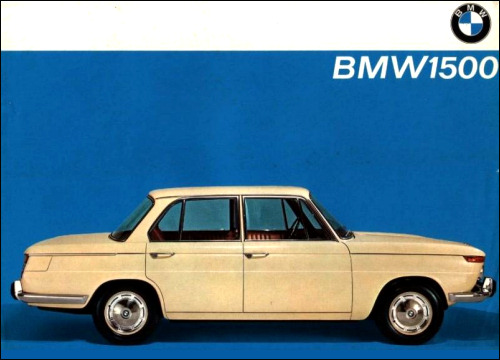
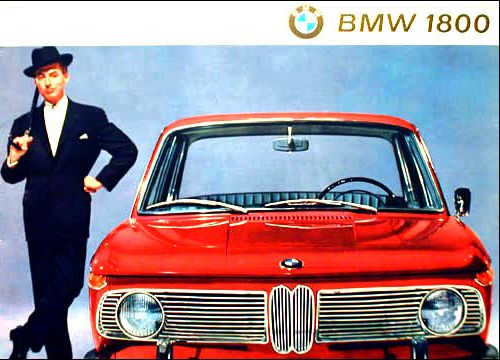
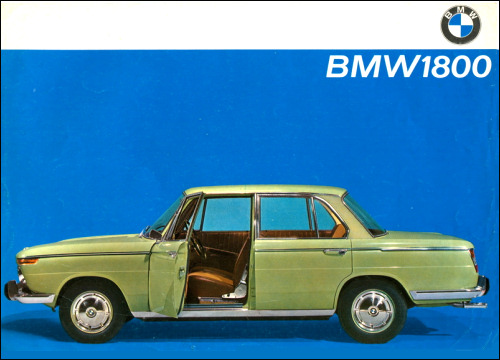
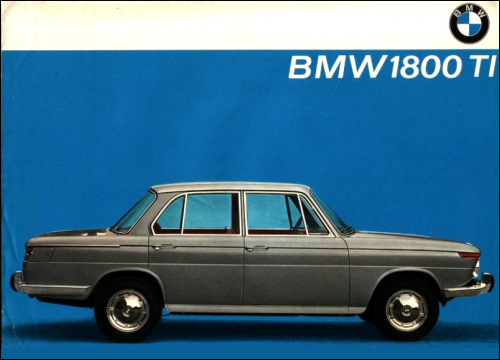
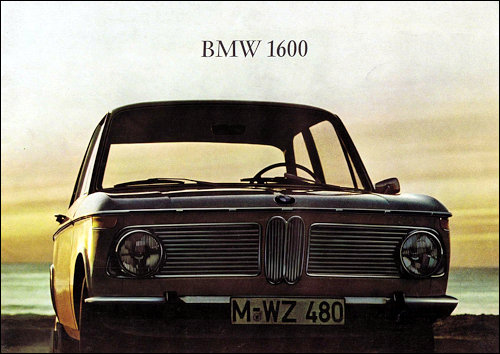
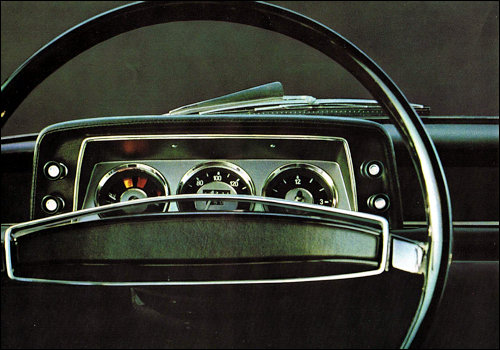
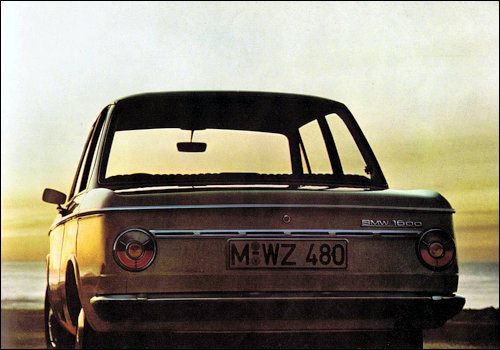
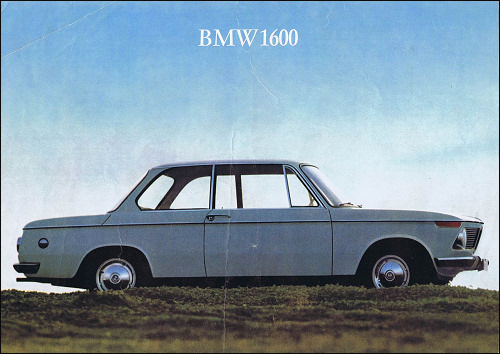
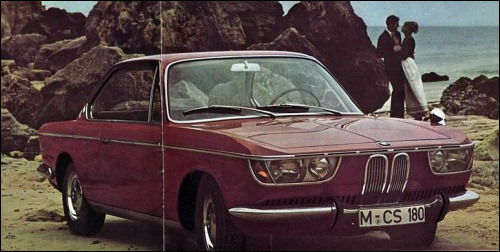
This was a quick look at how BMW went from a struggling entity to a leader in auto design and performance that others makers envied and aspired to.
The era of the Special Class Sedans, Coupes, and Specials is quite interesting and deserve a separate post. We will look at the BMWs 1962 through 1977, in detail another time, along with what I consider my all-time favorite model.
Now What Are These Old British “Z” Cars I Like?
Spotlight On The Classic Opel Rekord P 2 Automobile
Why Datsun’s 1600/510 Is the Epitome Of “Cool”